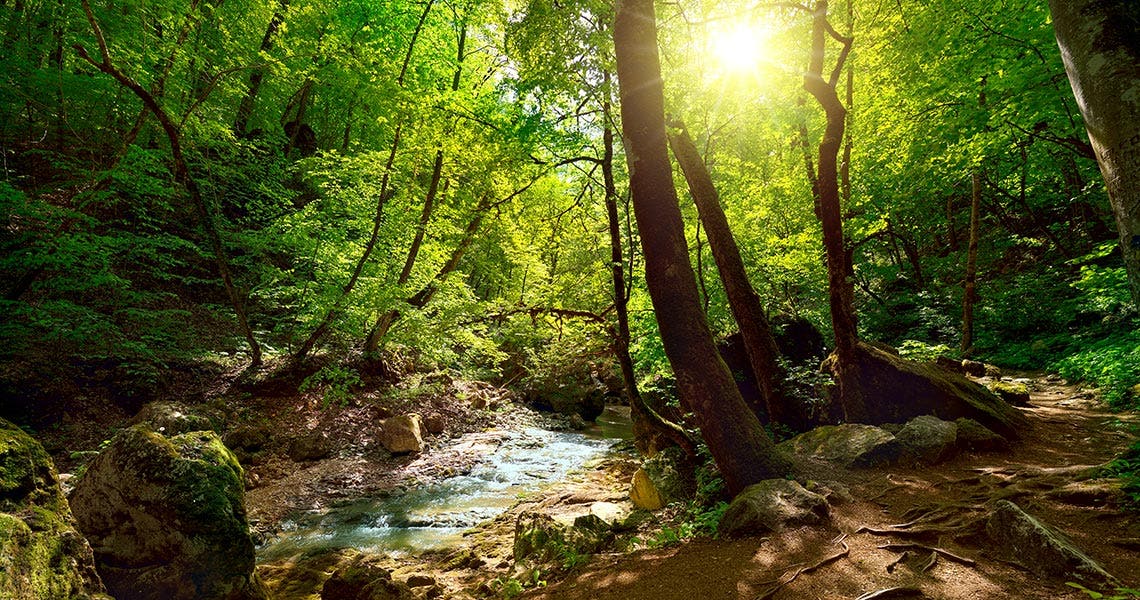Nature's Music: Recording the Sounds of The Natural World

Cracks of thunder. Forest rainstorms. Whistling blizzards. Those are the sounds of the natural world that surround us. Whether you are listening to nature sounds for science or as a way to soothe your soul, there is a lot that we can learn by putting an ear to the environment.
Field sound recordists set out to nearly every corner of the earth to capture the sound of music played by all the elements in the natural world.
But, what is there to gain from recording the sounds of nature, and how is it applied in science?
The Wonderful Purpose of Listening to Natural Sounds
Natural sound recordists help collect scientific research for a range of studies, including climate change, microclimates, habitats, biodiversity, and noise pollution. Additionally, they capture the beautiful sounds of nature for films, documentaries, and apps on your smartphone, which can help make you sleep at night.
A Real Look into the Life of a Sound Recordist: Greg Wedding
Greg Wedding is a sound recordist and a highly experienced professional in the audio industry. Over the last eight years, he's focused on nature recording. As a member of Nature Sounds Society, he worked as a teacher for recording and editing classes as well as records nature sounds for the National Park Service and other organizations.
"I am a nature sound recordist and volunteer at local parks and Lassen Volcanic National Park. I include weather and GPS data with every recording so that the data will be useful to future researchers. I used a Kestrel weather station for many years and lost it in the Paradise, CA wildfire along with all of my gear a year ago, so I'm finally getting around to replacing that gear and continuing that passion in my life."
How Does Kestrel Contribute to Scientific Nature Sound Data?
While it's easy to see the weather as it starts to rain or the wind blows, there are many elements (some not as distinct) that Kestrel tracks that are helpful for sound recordists.
First, Kestrel Weather Meters provide documentation of the weather and its potential effect on the sound. It allows you to monitor the weather for elements that will produce noise, including rainstorms, wind, and thunder, which also, in turn, affect animal activity.
For example, change in barometric pressure signals to whitetail deer that impending weather is on the way, which sends them out to get food for survival and can make them more active. Weather patterns can also affect bird activity and energy levels.
With the help of Kestrel, you can monitor the following conditions that may impact the results of nature recordings:
- Wind direction
- Wind speed
- Impending rain or storm
- Barometric pressure
- And more!
Include Kestrel in Nature Recordings
Kestrel has several spectacular setups to help you get the most out of your nature recording experience.
Consider the Kestrel 5500 + vane mount and tripod, or the Kestrel 3500 + vane mount and tripod. Either setup provides an easy way to track wind conditions and other elements that might get in your way of recording.
Another excellent option is the Kestrel DROP, which easily hangs and allows you to leave it in place. It will continuously track and log data, while you go on your way of recording the beautiful sounds of nature around you.






